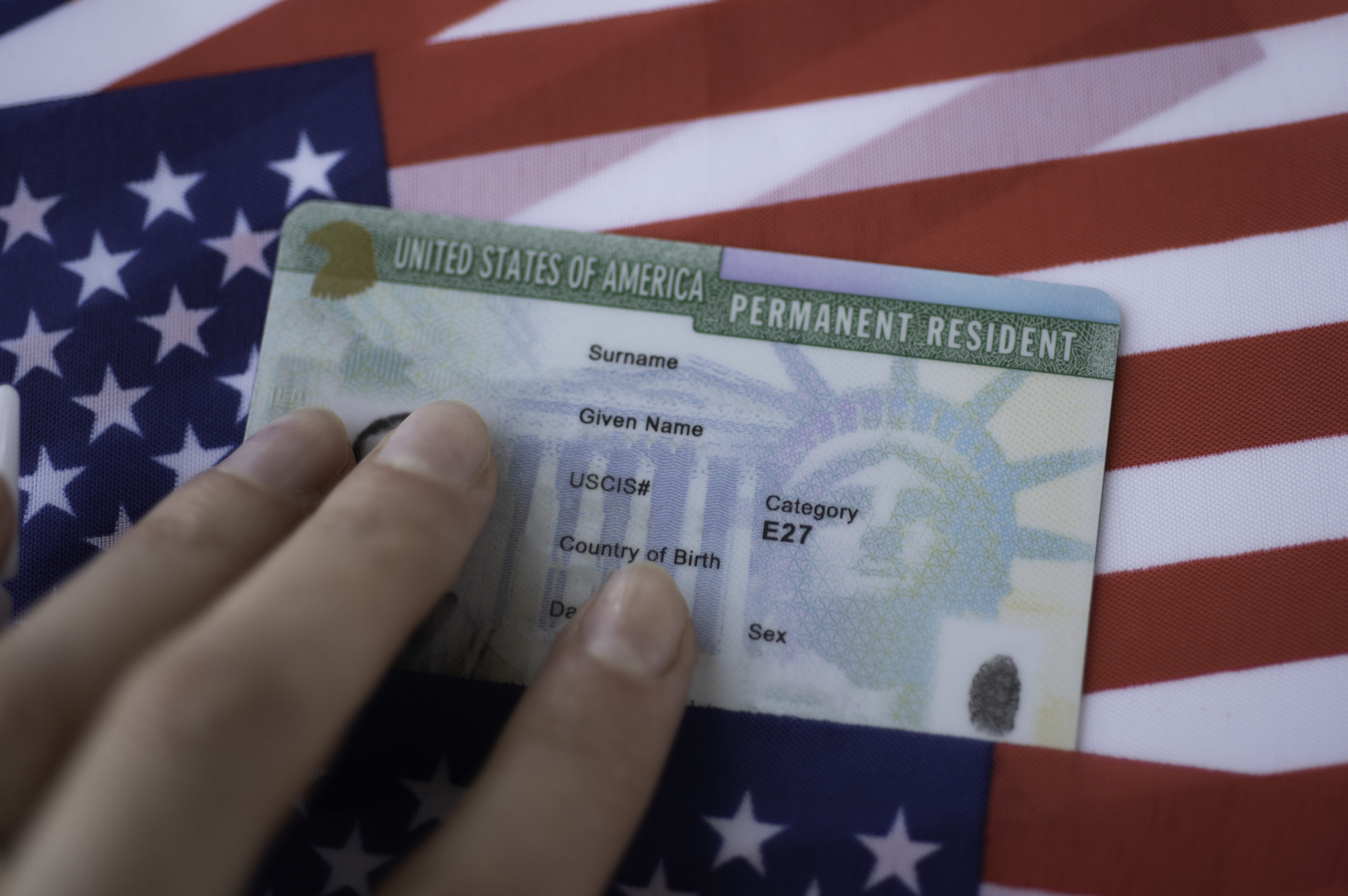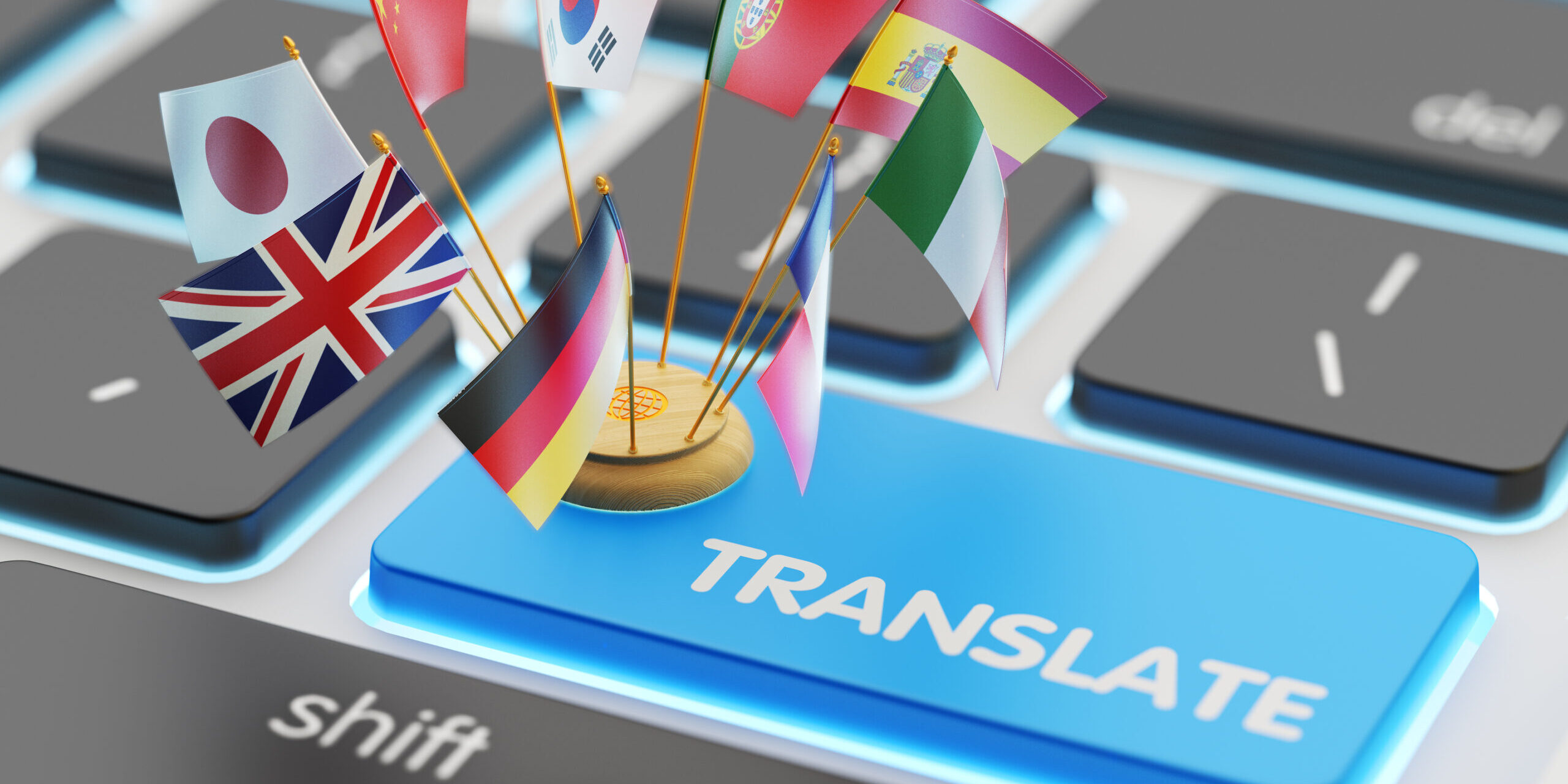As a major player in global innovation and markets, China frequently requires its patent documents to be translated into English or other languages for international protection. However, translation services vary significantly in quality and price, making it essential to choose the right service tier to balance budget constraints with accuracy needs. This article explores the quality tiers of translation services and discusses how to balance budget and accuracy in Chinese to Spanish patents.
Quality Tiers of Translation Services
Translation services are typically categorized into three quality tiers—Basic, Standard, and Premium—to cater to diverse needs and budgets. These tiers differ in translation processes, quality control measures, and translator expertise.
Basic Tier
The Basic tier typically involves machine translation supplemented with light human editing to provide a quick overview of a document’s content. This service is cost-effective and fast, making it suitable for internal use or preliminary research, such as understanding the gist of a competitor’s patent. However, machine translation may fail to capture linguistic nuances or technical terminology accurately, rendering the Basic tier unsuitable for scenarios requiring high precision, such as legal or technical documents. According to Translated.com, the Basic tier (Economy) is designed for content comprehension or personal use but is not recommended for publication or legal purposes.
Standard Tier
The Standard tier offers professional human translation with quality control measures such as linguistic review. It is suitable for documents requiring moderate accuracy, such as technical manuals, marketing materials, or general business documents. For patent translation, the Standard tier may suffice for informational purposes, like prior art searches or internal research. This tier typically involves translation by a professional translator, followed by a linguistic review by another translator to ensure quality. For instance, Translated.com notes that the Standard tier (Professional) includes translation, linguistic review, and quality control, making it appropriate for moderately technical texts.
Premium Tier
The Premium tier represents the highest quality level, involving expert human translation, multiple rounds of review (e.g., bilingual and technical terminology checks), and stringent quality control, often compliant with standards like ISO 17100. This tier is ideal for documents requiring absolute accuracy, such as legal contracts, medical documents, and patent applications. The Premium tier ensures translations are linguistically precise, technically accurate, and legally compliant, making it particularly suitable for patent filings or litigation scenarios.
How to Balance Budget and Accuracy
When selecting translation services for Chinese patents, the choice depends on the translation’s purpose.
For patent applications or legal proceedings, the Premium tier is the best choice, as its multiple review stages and expert translation ensure maximum accuracy and legal compliance. The higher cost is justified, as errors can lead to patent invalidation or litigation issues. For example, UpCounsel notes that correcting translation errors may be infeasible in legal contexts, making initial accuracy critical.
For internal research or prior art searches, the Standard or Basic tier may suffice. For instance, EC Innovations highlights that informational translations prioritize comprehension and speed, which is suitable for internal use. However, users must evaluate the translation’s reliability and be prepared for potential inaccuracies.
Cost Optimization Strategies
1. Prioritize Key Sections: The claims section of a patent defines its scope of protection and is the most critical. Opt for Premium translation for claims and Standard translation for descriptions to balance cost and accuracy.
2. Use Machine Translation Cautiously: For preliminary screening of large patent volumes, machine translation (e.g., EPO Patent Translate) can be used, but critical information should be verified with human translation.
3. Leverage Translation Memory: For recurring translation needs, services offering translation memory can reduce costs by reusing previously translated segments, as noted by Stepes.
In summary, selecting the appropriate translation service tier for Chinese patents requires a clear understanding of project needs and a balance between budget and accuracy. For critical applications like patent filings, investing in the Premium tier is essential to ensure accuracy and legal compliance. For non-critical uses, such as internal research, lower tiers may offer cost-effective solutions, though their limitations must be considered. Ultimately, careful evaluation of translation purposes and requirements will lead to informed decisions, ensuring both cost efficiency and reliability in patent translation.
Artlangs Translation offers expert patent translation tiers: certified linguists + multi-stage reviews ensure ISO-compliant accuracy. Flexible solutions for claims precision and cost efficiency. Visit Artlangs Translations for tailored global IP strategies!











